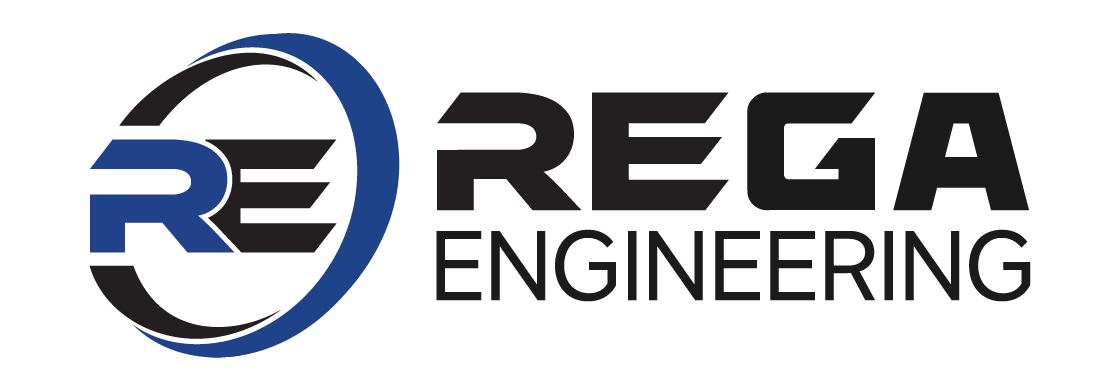The Evolution of Transportation Planning: Past, Present, and Future Trends
Share:
Engineering serves as the backbone of transportation planning, crafting innovative solutions that transcend the limitations of time and technology. From the pioneering steam engines to contemporary smart cities, engineering has been the driving force behind transformative advancements. As we navigate our transportation’s historical challenges and possible futures, the profound connection with engineering becomes unmistakably evident. Join us in unraveling this fascinating history, where our expertise converges with the dynamic path of transportation planning.
1. The Historical Roots of Transportation Planning
In our nation’s early days, getting around was a local affair where communities relied on basic means like dirt paths and waterways. As our cities and economies grew, they increasingly needed organized and effective transportation systems. The game-changer came in the 19th century with the introduction of the steam engine, giving rise to steamships and railways, reshaping our nation in the process.
2. The Rise of Automobiles and Highways
The 20th century witnessed a game-changing shift with the widespread adoption of automobiles. The booming automobile industry not only opened exciting new possibilities but also brought about challenges that fundamentally reshaped how we think about transportation planning. Cities were suddenly grappling with traffic snarls, parking headaches, and the urgent need for sprawling road networks.
This dire need led the US Army to lead a transcontinental motor convoy that examined the nation’s differing regional road systems. A key member of this convoy, future President Dwight Eisenhower, would later authorize the creation of our present-day Interstate Highway System.
Emerging nationwide highways became key factors that shaped urban planning (how cities are built and interconnected). This era also saw the dawn of traffic engineering as a specialized field, dedicated to tweaking the flow of vehicles on roadways to achieve that perfect balance.
3. Sustainability and Environmental Concerns
As we ventured into the late 20th century and the early 21st century, a heightened awareness of environmental concerns triggered refocused transportation planning. Sustainable transportation took center stage, focusing on curbing carbon emissions and promoting alternative transportation.
Ideas like bolstering public transit, creating cycling lanes, and cultivating pedestrian-friendly urban spaces gained considerable traction. Civil engineers started factoring their environmental repercussions, marking the onset of an era characterized by eco-conscious and socially responsible planning.
4. Technology and the Digital Age
In our current times, we witness a distinctive blend of technology and transportation planning. The surge in smartphones, ridesharing, and GPS navigation has fundamentally reshaped how we get around. Smart cities are harnessing the power of data and connectivity to fine-tune traffic patterns, minimize congestion, and elevate overall mobility experiences.
Plus, the integration of artificial intelligence and machine learning has introduced predictive modeling. This empowers planners and engineers to anticipate, arrange, and tackle transportation challenges with ever-increasing effectiveness.
5. The Future of Transportation Planning
Peering into our future, the arrival of autonomous vehicles stands poised to redefine our surroundings once more. Self-driving cars may even eliminate conventional infrastructure such as traffic lights and parking lots.
Additionally, electric and sustainable technologies are poised to catalyze a deeper shift towards eco-friendly transportation. High-speed innovations like The Boring Company’s Vegas Loop hold the potential to reshape our commutes, lowering the barriers to long-distance commutes.
We’re Prepared for Tomorrow’s Transportation Planning
From the modest dirt paths to futuristic autonomous vehicles, transportation planning is a narrative of perpetual adaptations and innovations. At this juncture, we teeter on the brink of a new era where
insights past and present will guide us to a sustainable and communal journey. Book a meeting with us today, and let's
embark on a collaborative journey to your next project for whatever tomorrow may hold.

